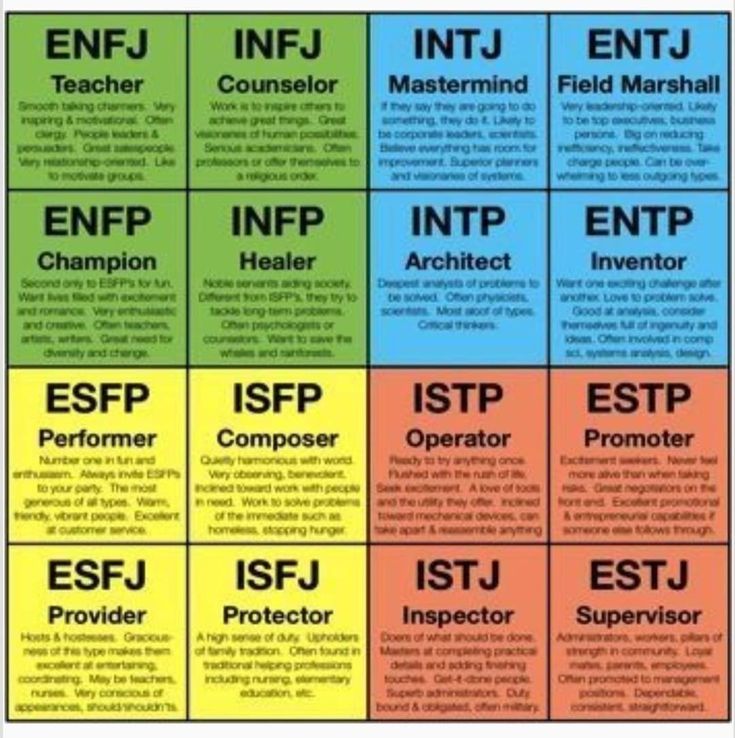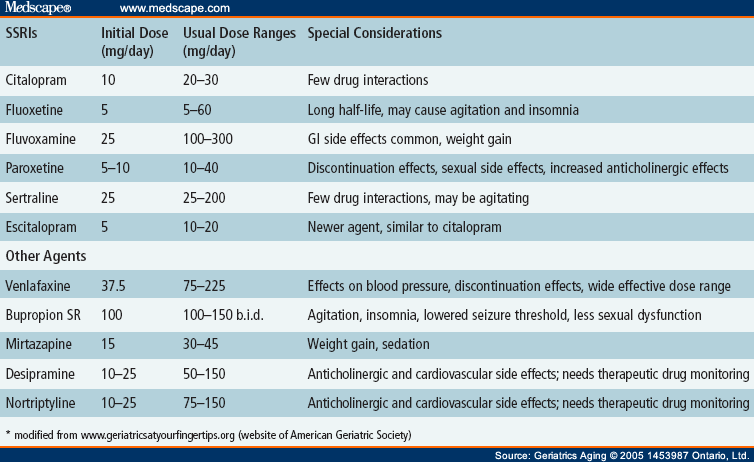Personality type vs trait
Trait and Type Perspectives
A trait is a characteristic pattern of behavior or conscious motive which can be self‐assessed or assessed by peers. The term type is used to identify a certain collection of traits that make up a broad, general personality classification. Trait theories
- Gordon Allport proposed that an individual's conscious motives and traits better describe personality than does that person's unconscious motivation. He identified three types of traits:
-
Cardinal traits, such as a tendency to seek out the truth, govern the direction of one's life.
-
Central traits operate in daily interactions, as illustrated by a tendency to always try to control a situation.
-
Secondary traits, such as a tendency to discriminate against older people, involve response to a specific situation.
- Raymond Cattell, by means of a statistical technique called factor analysis, organized the huge number of words used generally to describe personality (over 17,000) and reduced them to 16 basic factors.
-
emotional, easily upset vs. calm, stable
-
intelligent vs. unintelligent
-
suspicious vs. trusting
-
reserved, unfriendly vs. outgoing, friendly
-
assertive, dominant vs. not assertive, humble
-
sober, serious vs. happy‐go‐lucky
-
conscientious vs. expedient
-
shy, timid vs. venturesome
-
tender‐minded vs. tough‐minded
-
practical vs. imaginative
-
shrewd vs. forthright
-
self‐assured, placid vs. apprehensive
-
conservative vs.
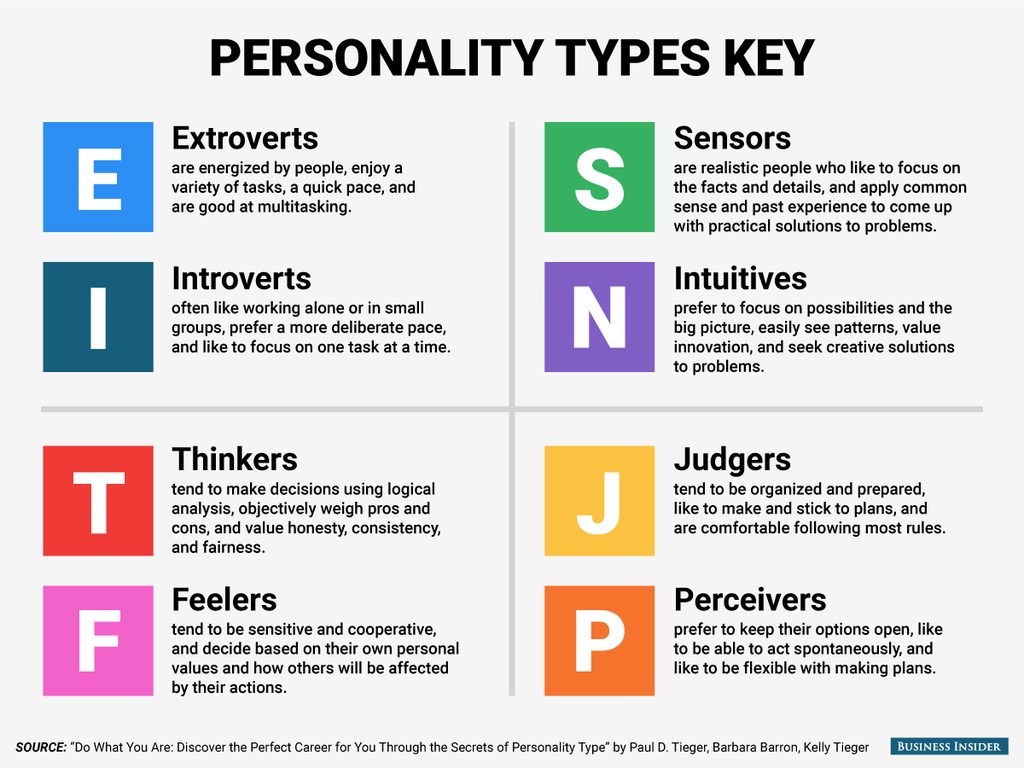 experimenting
experimenting -
group oriented vs. self‐sufficient
-
undisciplined vs. self‐disciplined
-
relaxed vs. tense, driven
Type theories
- Hans Eysenck proposed a higher organization of personality traits into three basic groups (traits plus their opposites), which, he suggested, constituted types.
-
extraversion (as opposed to introversion)
-
neuroticism (as opposed to emotional stability)
-
psychoticism (as opposed to impulse control)
- The Big Five. In recent years, theorists have felt the need for more personality dimensions than Eysenck's three. The five independent dimensions, selected using statistical procedures, are known as the “Big Five.”
-
extraversion/introversion: characteristics described in terms such as talkative, sociable, adventurous vs.
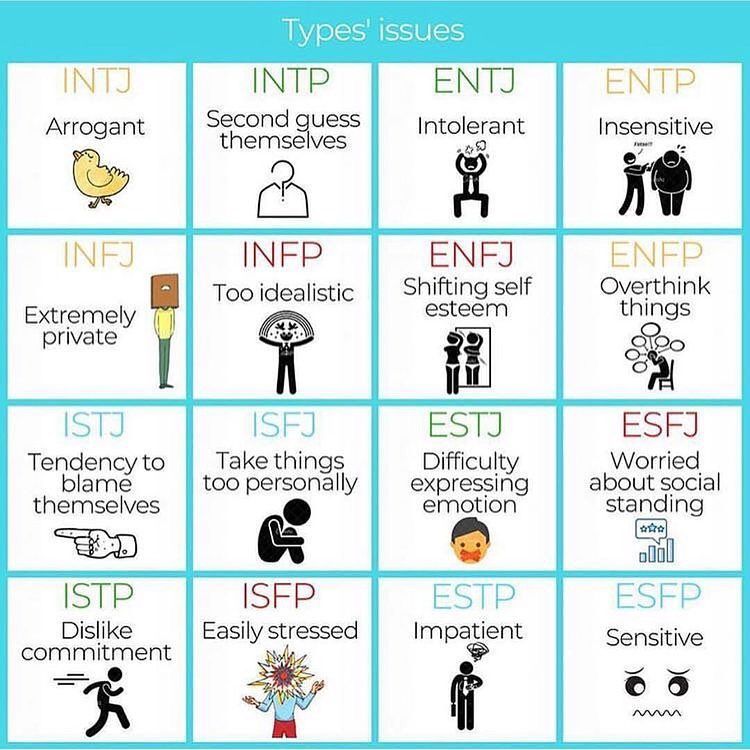 reticent, turned inward
reticent, turned inward -
agreeableness/antagonism: characteristics described in terms such as good‐natured, cooperative, likable vs. hostile, spiteful
-
conscientiousness/undirectedness: characteristics described in terms such as responsible, neat, task motivated vs. disorganized
-
stability/instability: characteristics described in terms such as calm, poised, composed vs. uncertain, insecure
-
openness to experience/conforming: characteristics described in terms such as flexible, original, independent, creative, daring vs. rigid, conventional, conforming, noncreative, timid
What is the difference between Personality Type and traits?
Dr. QamarUl Hasan is guiding us about what is the difference between personality type and traits, We often get confused when we discuss personality type And traits, The mistake that we do we mix these two things,
and that is a common problem among people that don't understand what is the major difference between personality type and traits, that is the reason people are unaware of the fact that what are personality types and traits,
So when they get to know their personality types it becomes complicated for them, Understanding personality has two aspects, on one hand, we can understand it through personality type, and on the other hand, this can be understood by a person's traits.
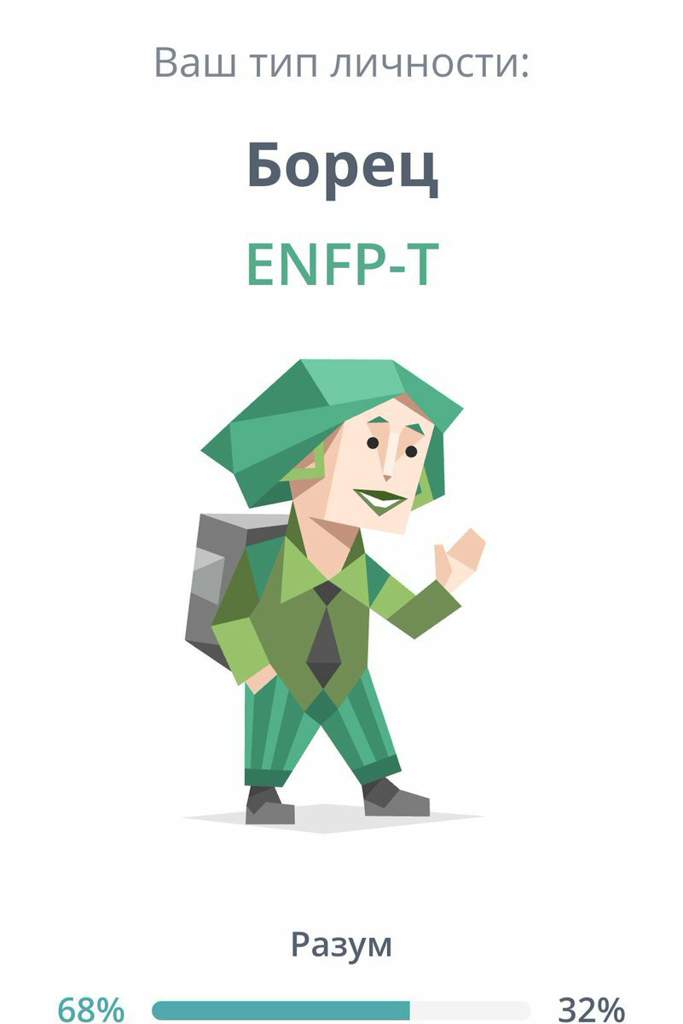
When we try to understand people’s psychological minds through their personality type the type does not change. Carl Jung has discovered That people are different from each other It is a fact that a person’s personality can be changed or developed according to time, The actual discovery is that a human's type can never be changed.
We can say that a person can be a good person living in their personality type. While trait is a different thing it is obvious that it changes according to time. Traits can be measured during a person’s development training using different techniques.
What is the difference between Personality Type and traits?The most important difference between the trait theory and type theory is this: type theory views characteristics of people as discrete categories whereas trait theory views these same characteristics as part of a larger continuum. For example, where a type theorist would claim that introverts and extroverts are two types of people, a trait theorist would claim there is a gradient leading from introversion to extroversion, and individuals can fall somewhere in the middle.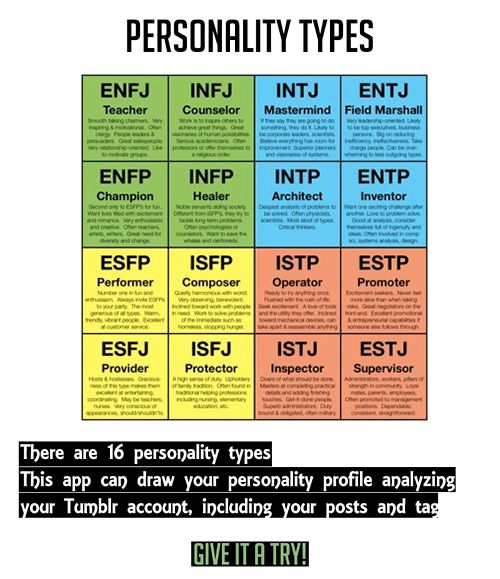
As we know in psychology there are several theories about how to understand your personality type and your traits And the question is that how to change it for the better.
There are so many psychologists and professors who have given so many theories about personality but there is not a single theory that is acceptable by all Each theory has Supporters and critics so here we are discussing it in some detail.
How can we understand Trait and Personality Type?One important and ongoing dichotomy in beliefs in this field is between type theory and trait theory. Like other theories and personality psychology, these two approaches attempt to systematically categorize people but go about this goal in different ways.
Personality Type:In personality type, there is a technique or root called Myers Briggs type indicator which shows that there are 16 personality types from a set of four dichotomies extroversion vs introversion thinking vs feeling sensing vs intuitive, and perceiving vs judging.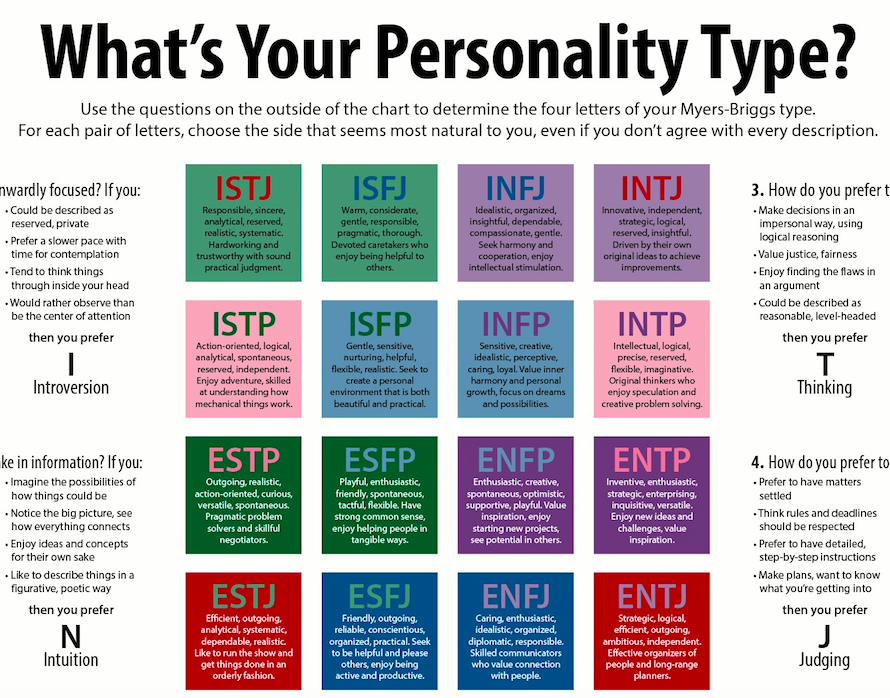
Three criteria are characterized personality traits:
- consistency,
- stability,
- individual differences.
Individuals with a trait are also somewhat stable over time so traits do not change like behaviors related to the trait. If they are talkative, for example, at age 20, they will also tend to be talkative at age 40. People are different from one another in behaviors related to the trait. The trait is built-in Your inner qualities and instincts are your traits.
ConclusionTraits and personality are two different things in human nature.
Perceiving this view of personality to this level We can also allow for the inclusion of other factors that can be viewed on continuums, like make-up or fashion sense or sense of humor into our descriptive model. These factors may not be explicitly related to personality, but we can refer to them as traits, as they are still important in terms of figuring out who people are.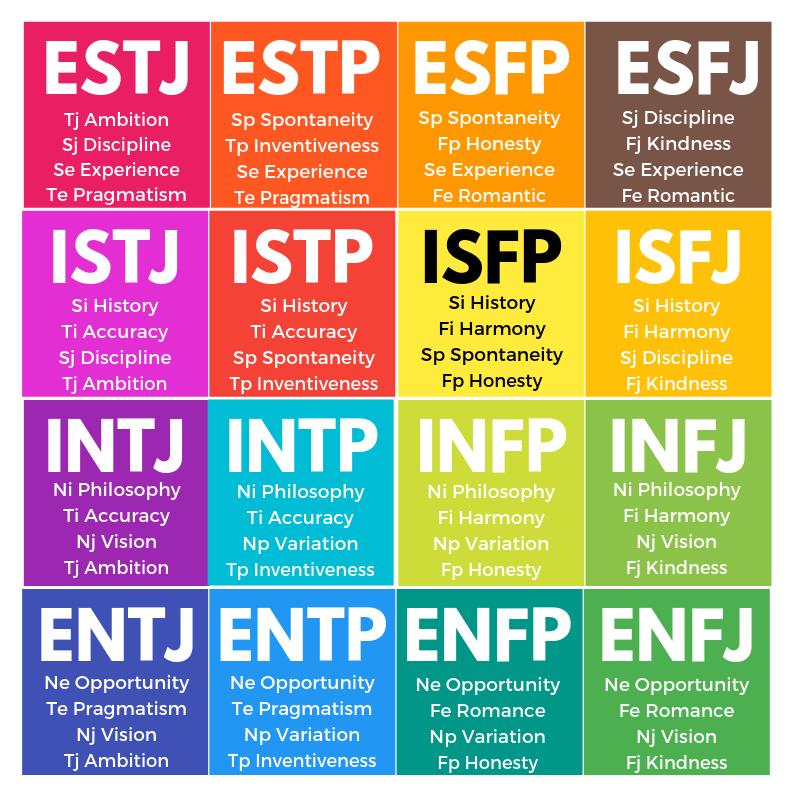
Watch the Video
Personality types: main differences and their characteristics
Contents of the article
All people are different: someone likes to lead an active lifestyle and communicate a lot, it is easier for someone not to stand out among others, someone is prone to sensitivity and excessive self-criticism. Since ancient times, scientists and philosophers have been interested in the topic of personality classification, many theories have been developed, some of which have become part of modern psychology. In this article, we will briefly analyze the psychological types that the Soviet scientist A.E. Lichko developed while observing adolescents. It is in adolescence that individual character traits and psychological characteristics are quite strongly manifested, which are smoothed out during growing up, but can manifest themselves at a moment of crisis. Even more types of personality classifications can be found in the free online course "Typology of Personality" on the platform "Russia - a country of opportunities".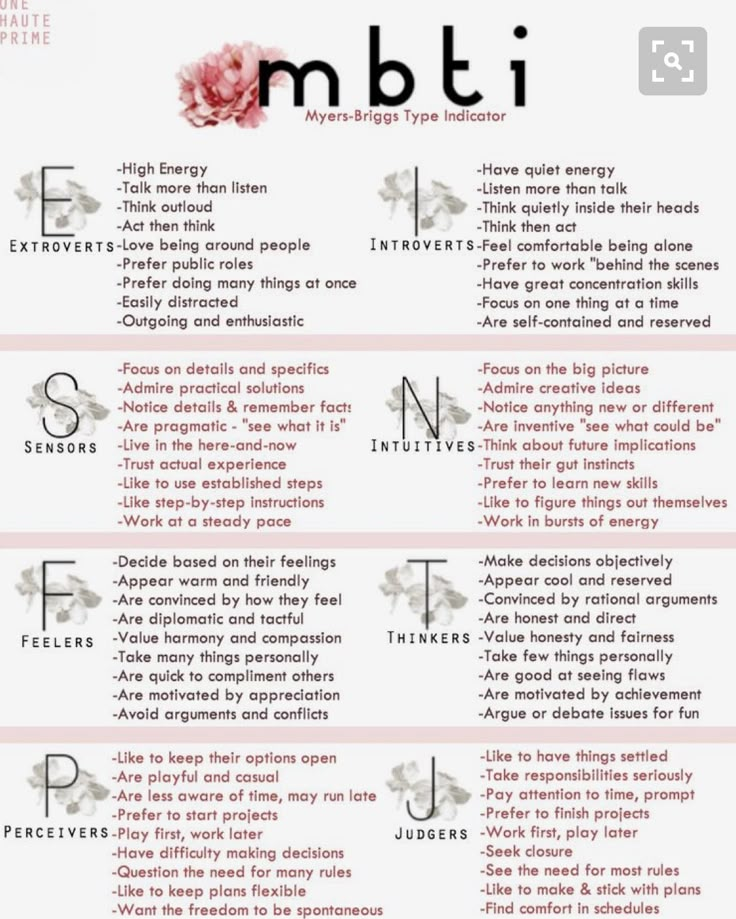
Asthenoneurotic type
People with a weak nervous system who are characterized by low stamina, irritability and overwork. They get tired more from psychological stress than from physical exertion. When working for a long time, they need frequent breaks, in general they like to work at their own pace. Such people are hard to switch from one activity to another, it is better not to distract them from the process once again. Any unforeseen situations cause them irritability and anxiety. But these people are very careful and disciplined, they can spend hours doing monotonous work that does not require speed.
Unstable type
Complex personality type, which is characterized by irresponsibility, idleness and addiction, for example, from alcohol, drugs, games. Such people strive for pleasure, they want to constantly relax and have fun. They often have problems with work, they do not want to study and grow professionally. This type of personality can be called a real hedonist who sees entertainment and enjoyment as the main goal of his life. The positive features include openness and sociability.
The positive features include openness and sociability.
Conformal type
People who strive to live like everyone else and do not want to stand out from the crowd once again. The opinion of others is very important to them, they try to earn the praise and approval of others. Basically, the way of life of such people directly depends on the society in which they live. If there are religious people around them, then the conformist will be a believer to the point of fanaticism. It is also difficult for them to change something in their lives, it is difficult to pull them out of their comfort zone. Positive features include low conflict, friendliness, devotion and diligence.
Labile type
Empathic people who can feel the mood and feelings of others well. They often make outstanding psychologists and social workers. They are open and always ready to help and support with a kind word. But this type is very sensitive and touchy, does not tolerate criticism in his address, cannot stand loneliness and changes in life.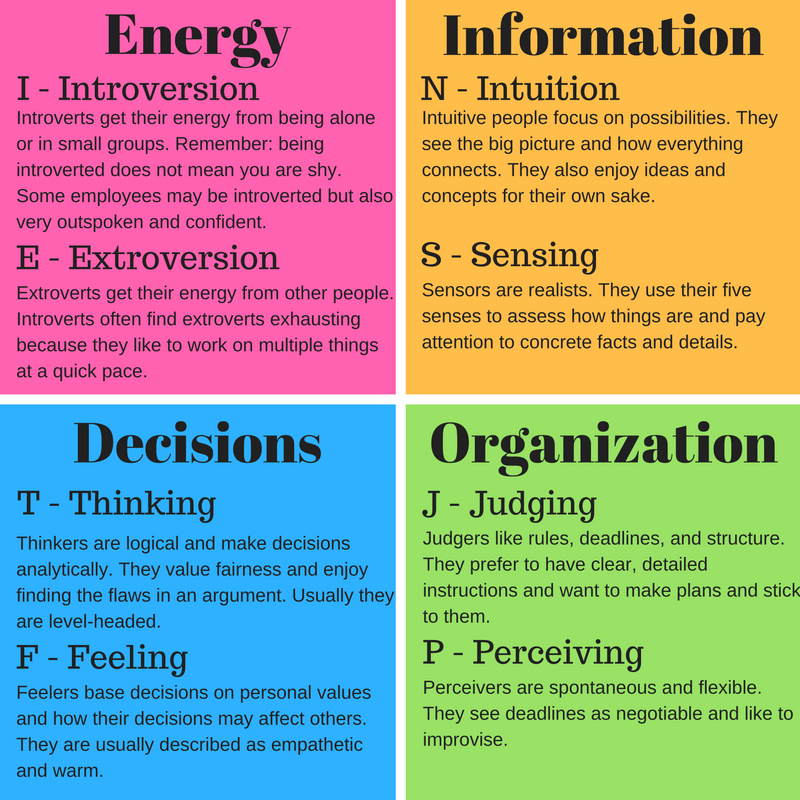
Cycloid type
People who are prone to sudden mood swings experience strong emotions - either they are overly happy, or they feel sad on the verge of depression. They cope with internal experiences for a long time, they are distinguished by excitability and irritability, sometimes aggressiveness. The positive traits include sociability and friendliness.
Sensitive
People with excessive impressionability, vulnerability and openness. They can get excited about simple things that most people don't notice. They also keep pleasant and unpleasant memories for many years, which flash in memory as if in reality. This type of personality is difficult to tolerate public criticism, is very afraid of being ridiculed. Positive traits include increased morality, compassion and sociability.
Psychasthenic type
People who are prone to introspection and reflection like to delve into themselves and criticize for shortcomings. They have an excellent memory, so they remember their mistakes well and often engage in self-flagellation.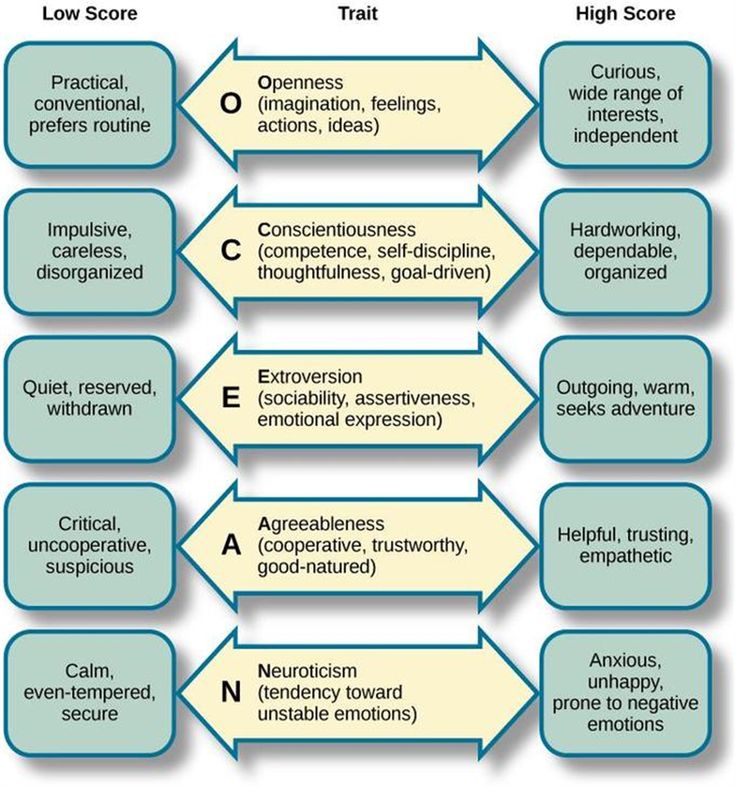 Hence, they have a lack of confidence in their abilities, they take too long to make decisions, doubt and are afraid to stumble again. The positive features include loyalty and reliability, they will never betray loved ones and will always stand up for their own.
Hence, they have a lack of confidence in their abilities, they take too long to make decisions, doubt and are afraid to stumble again. The positive features include loyalty and reliability, they will never betray loved ones and will always stand up for their own.
Schizoid type
Closed and unsociable people who do not know how or do not want to build close relationships with others. But they do a great job of maintaining business relationships. They have a rich inner world, into which they prefer not to let anyone in. Many people have high intelligence and out-of-the-box thinking. But they practically do not know how to recognize other people's emotions.
Epileptoid type
The most complex type of people, prone to breakdowns, aggression and pedantry. They seek to subjugate everyone, to win an authoritarian position. Such people do not know how to build friendly relations at all, they can vent evil on others, they are very scrupulous about the work of employees. But personalities of this type can be strong leaders.
But personalities of this type can be strong leaders.
Hysterical type
Personality type requiring increased attention to oneself. They need constant admiration and reverence. Indifference to their person is the worst scenario for them. Such people are prone to fantasy and lies in order to create a vivid image for themselves. However, they make excellent actors and presenters.
Hyperthymic type
Active and cheerful people who are almost always in high spirits. They are sociable, a little frivolous, generally do not tolerate monotony and monotony, often prone to unjustified risk.
What are the types of personality and how to interact with them
It is a matter of life experience to understand what kind of person you are in front of you. But learning from our mistakes, as we know, is not always useful, which is why we often resort to psychology. You can understand the characteristics of your interlocutor right now and build relationships with him correctly, guided by simple knowledge about 10 basic personality types.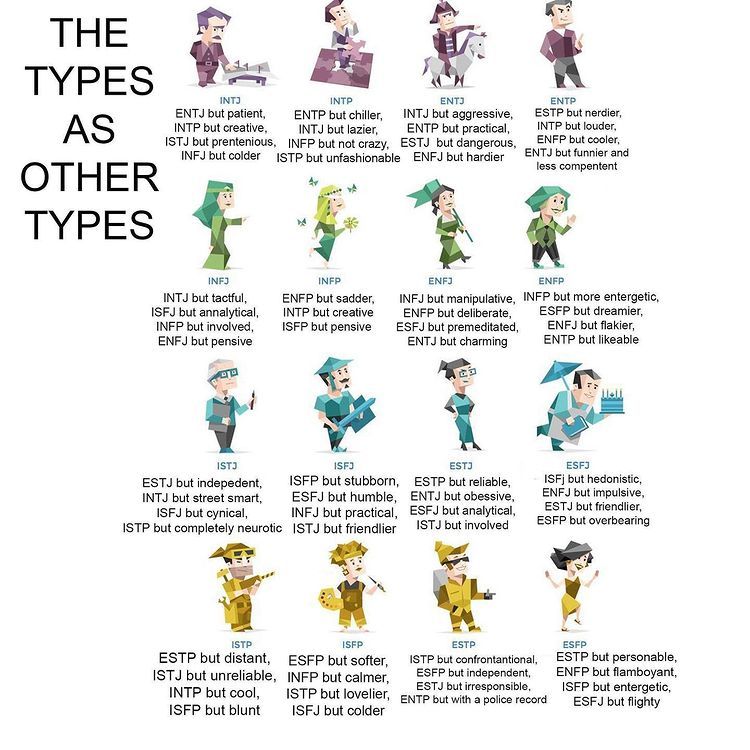 Get ready - below is a very practical and useful guide from Tatyana Vladimirovna Mizinova, Ph.D., President of the European Association for the Development of Psychoanalysis and Psychotherapy (EARPP), Vice President of ECPP (Vienna, Austria) and Director of the Persona psychological center.
Get ready - below is a very practical and useful guide from Tatyana Vladimirovna Mizinova, Ph.D., President of the European Association for the Development of Psychoanalysis and Psychotherapy (EARPP), Vice President of ECPP (Vienna, Austria) and Director of the Persona psychological center.
For centuries people have sought to create classifications that could predict or explain the behavior of others.
Astrology offered signs of the zodiac, the Chinese horoscope determined the features of a person depending on the year of birth. As science developed, more precise and specific personality typologies appeared. One of the first belongs to Hippocrates, who singled out four types of temperament and, on the basis of the views that existed in science at that time, associated them with the influence of the internal fluids of the body:
Phlegmatic is a calm and unflappable person who rarely shows his true emotions and feelings. In study and work, he will be thorough and unhurried, paying attention to detail and quality.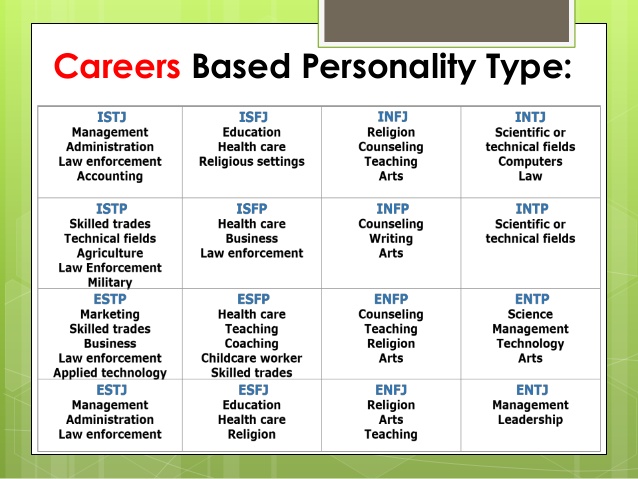
Popular
Choleric is an impulsive, impetuous and passionate person with a sharply changing mood. He also quickly loses interest in the things he has started, especially if they do not bring immediate results. Showing exorbitant activity, choleric people are quickly exhausted emotionally and physically.
Sanguine is an active person with a quick reaction to events taking place around him, but at the same time able to maintain interest in work, even if it is not very interesting. Can easily experience failure.
Melancholic - an impressionable person, often in despondency and thoughts, easily vulnerable, prone to constant experience of his internal processes. Prefers to avoid noisy communication and work alone.
With the development of scientific knowledge and the growing interest in human psychology, dozens of other classifications have appeared based on completely different criteria, and sometimes repeating and complementing each other.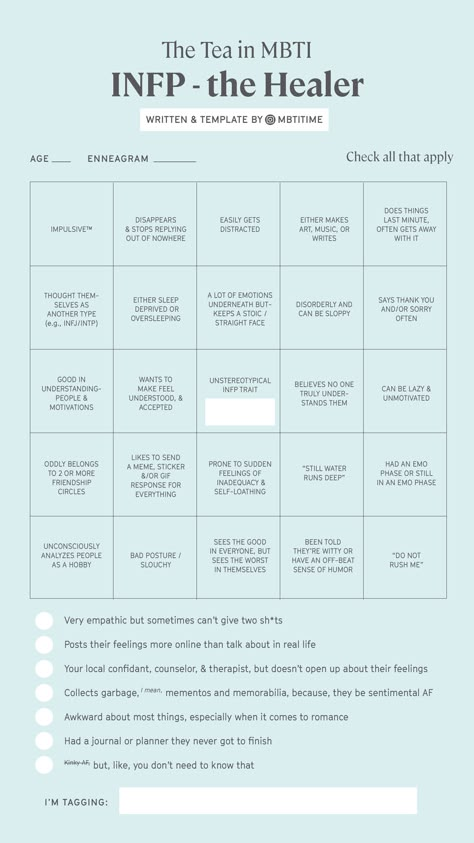
Thus, Jung singled out two main psychotypes of personality based on the reaction to external stimuli. An extrovert is a person who enjoys communicating with others, open to the world and willing to make contact. Introvert - is distinguished by restraint and prefers solitude to social contacts.
Popular
German psychiatrist Ernst Kretschmer and American psychologist William Sheldon proposed a theory about the relationship of temperament type with bodily manifestations and described three types of physique and their corresponding psychological types.
Asthenik - a man with narrow bones, underdeveloped muscles, thin. He tries not to take active actions and prefers reflection. Often these are closed people who avoid active communication.
Athletic - the owner of a developed skeleton and muscles. Purposeful, persistent, energetic, prone to risk.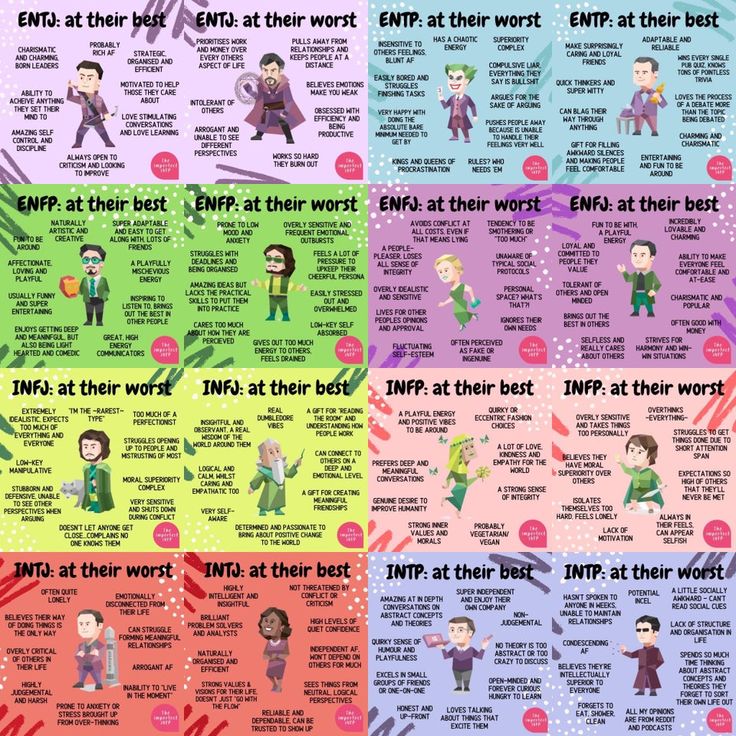 This type of people is prone to impulsive actions without much thought.
This type of people is prone to impulsive actions without much thought.
Picnic — overweight, good-natured, open person, prone to seeking comfort and enjoying food.
Very common and often used today is the classification according to the leading type of perception in humans.
Visual psychotype . It is important for such people to see. Best of all, they assimilate information when reading, and also always evaluate externally, since images, colors, visualization, and gestures play an important role for them.
Auditory psychotype. Such people pay attention to the interlocutor's speech, voice timbre, tone. The information that they perceive by ear is more understandable for them and is better remembered.
Kinesthetic Psychotype . People of this psychotype are used to feeling. Tactile contacts are important to them, they perceive information through smell, touch and with the help of movements.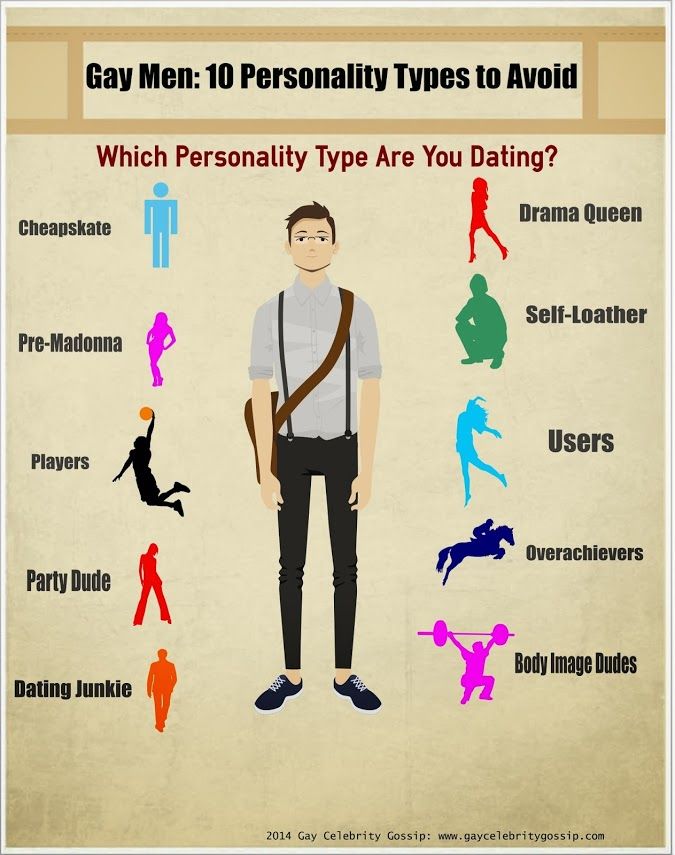
Discrete - a person whose perception of information occurs through logical comprehension with the help of numbers, signs, arguments. This psychotype develops as a person grows up, since it is based on well-formed logical thinking.
Popular
These are just a few of the most well-known classifications that make it possible to rather conditionally group people into groups according to related characteristics.
A more interesting and profound classification, on the basis of which psychoanalysts and psychoanalytic psychotherapists work, is the classification proposed by Nancy McWilliams in the book "Psychoanalytic Diagnosis". It describes ten basic personality types.
Schizoid personality type
How to recognize? Most often this type of personality occurs in men. They appear self-absorbed and often avoid contact, preferring computer games instead. Outwardly, they look like loners with “frozen” feelings and strangers in the company detached from the whole world.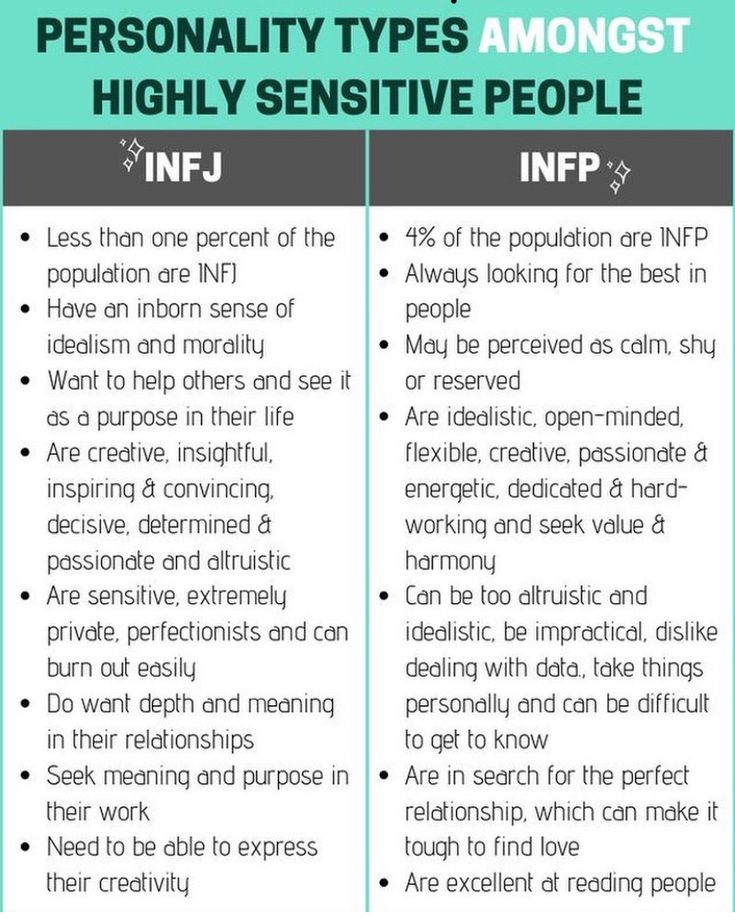 However, this erroneous impression disappears if you get to know them better. These are very subtly and sharply feeling people, capable of love and care, but they cannot stand the noise and pressure on them.
However, this erroneous impression disappears if you get to know them better. These are very subtly and sharply feeling people, capable of love and care, but they cannot stand the noise and pressure on them.
Popular
How to interact? They live at their own pace and are grateful if their partners understand them and don't put too much pressure on them. Meetings and joint affairs with them must be agreed in advance, since spontaneous actions frighten them rather than attract them. In any IT company, you can always find many employees with this type of personality.
Antisocial personality type
How to recognize? Most often these are people whose childhood was spent in difficult conditions. Not receiving enough love and care, they perceive the world as a threat and react with aggression, even when no one attacks them. People with an antisocial personality type are not capable of empathy and cannot understand the feelings of others, so they rarely establish strong relationships and often change partners without trusting anyone.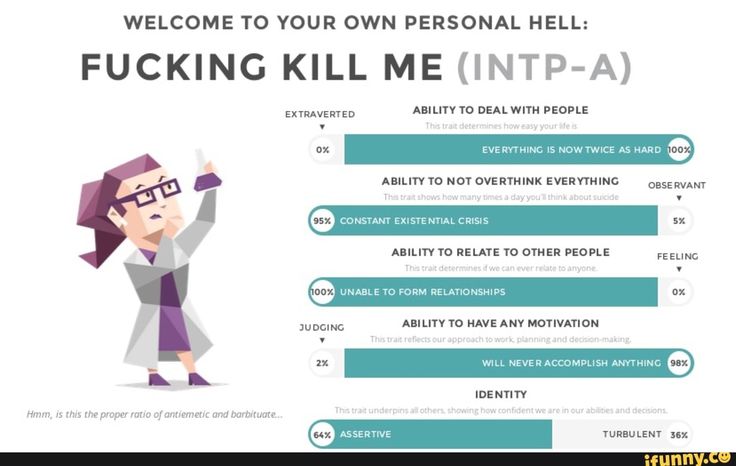 When they meet, they give the impression of bright, courageous people and attract with their extraordinary and sometimes risky actions.
When they meet, they give the impression of bright, courageous people and attract with their extraordinary and sometimes risky actions.
How to interact? They generously make promises that will never come true, involve them in failed projects for their own benefit, and never feel remorse for hurting loved ones. Oddly enough, antisocial individuals, going over their heads, are successful in business - their unscrupulousness helps them in this. What you never hear from people of this type are words of tenderness. Any manifestation of feelings they perceive as weakness.
Popular
Depressive personality type
How to recognize? These are people whose attitude is based on low self-esteem and the feeling that they will always be not good enough. In childhood, they were rejected by their parents: for example, they were left to live with their grandmother. This experience in adulthood is transformed into their unconscious belief that they are worthy of rejection. The whole life of people with a depressive personality type is aimed at earning the love and recognition of others.
The whole life of people with a depressive personality type is aimed at earning the love and recognition of others.
How to interact? These are very kind, gentle people, often sacrificing themselves without any benefit. They try to do as much good as possible in all areas that are available to them. They rarely get angry and express dissatisfaction with others, directing negative feelings towards themselves. People of the depressive type are prone to anhedonia and respond with great gratitude to any manifestations of attention and love for them.
Manic personality type
How to recognize? A person with a manic personality type is always cheerful and cheerful, tends to idealize others, often flirts and attracts attention with noisy behavior, which is sometimes excessive.
Popular
Almost in any company there is a person who speaks loudly, actively gesticulates, gushing with jokes and ideas, thereby greatly tiring others.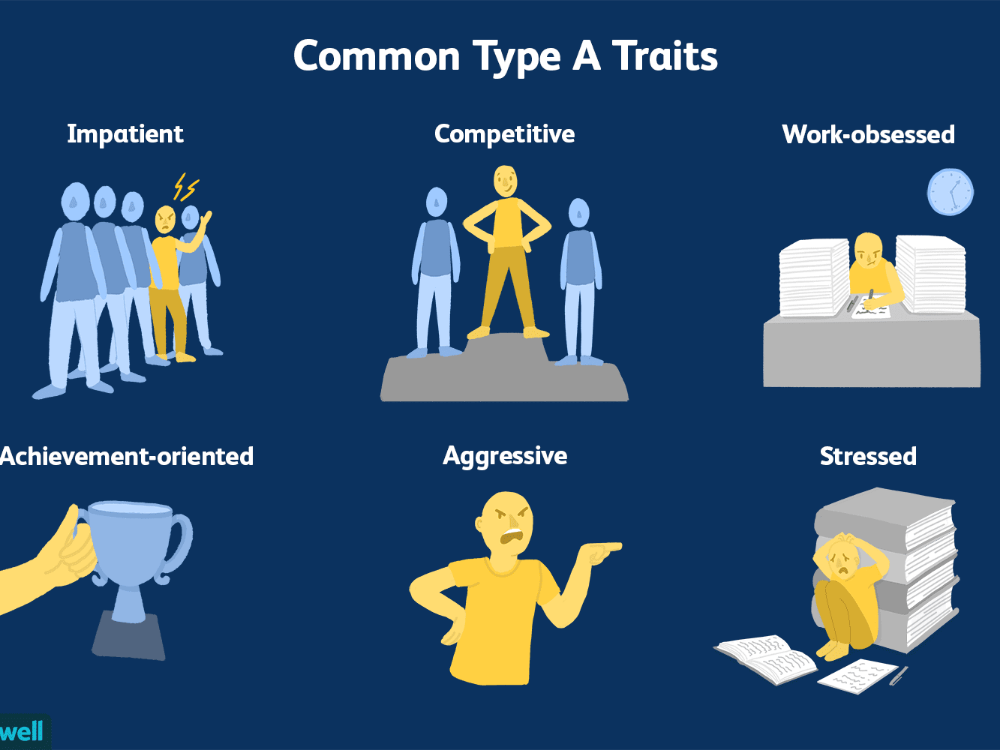 It is quite difficult and tiring to be with such a person for a long time - this is the basis of his problems.
It is quite difficult and tiring to be with such a person for a long time - this is the basis of his problems.
How to interact? Manic people cannot stand loneliness, immediately falling into anxiety, but their activity gives the impression of superficial communication and unwillingness to enter into close relationships. People with this type of character can be excellent organizers and crisis managers. They are successful in any business that requires quick turn-on and action.
Narcissistic personality type
How to recognize? This personality type has often been demonized lately, and the words "narcissist" and "abuser" have become almost synonymous. But it is not so. Most often, people of this type grow up in families where love had to be earned, they were constantly compared with other children, emphasizing other people's achievements and devaluing his own. The feeling that he was good and loved arose only if he was praised for grades or other merits.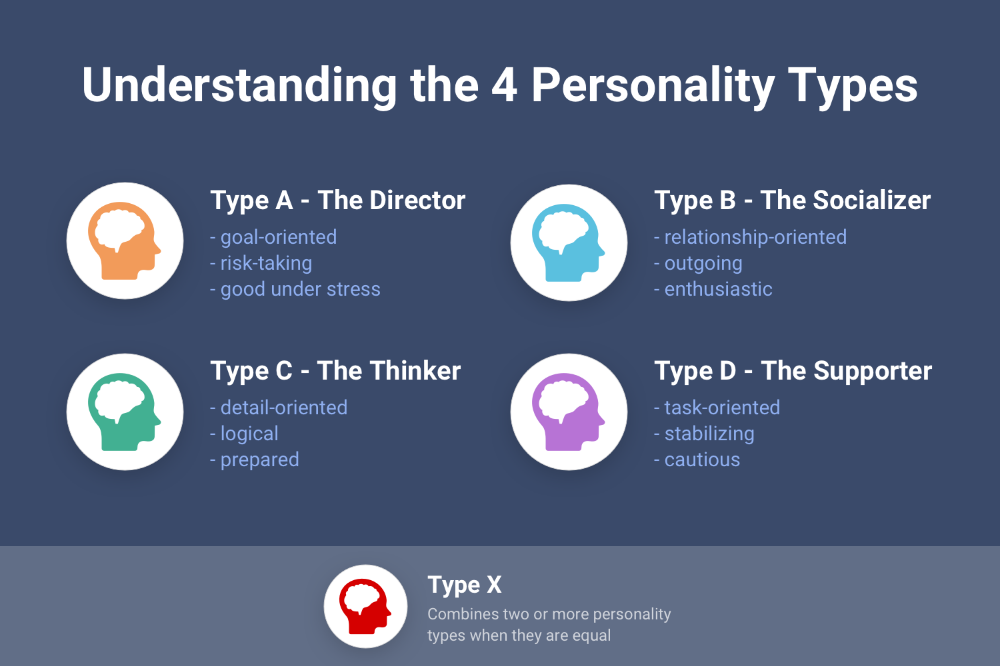 People with a narcissistic personality type are in two polar states: grandiosity and insignificance. They need to constantly achieve the highest results in order to feel good. The slightest failure is perceived as a total failure, which is accompanied by a sense of destructive shame.
People with a narcissistic personality type are in two polar states: grandiosity and insignificance. They need to constantly achieve the highest results in order to feel good. The slightest failure is perceived as a total failure, which is accompanied by a sense of destructive shame.
Popular
How to interact? They cannot stand the slightest criticism, they are constantly preoccupied with their appearance and social status, they suffer from perfectionism, which does not make them feel the joy of achievements. This psychotype is equally found among both men and women. At the beginning of a relationship, a bright and unforgettable period of passion and adventure awaits them, which is always replaced by disappointment and the problem of getting out of this relationship, as the partners are held by memories and the hope of returning all the good things.
Paranoid personality type
How to recognize? One could say about the paranoid personality type that these are people with a “bad character”.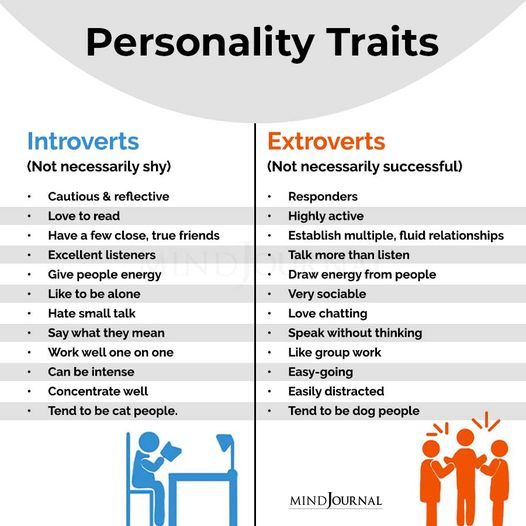 Suspicion, incredulity, lack of a sense of humor, criticality are their characteristic features, which often lead to a lack of friends and family relationships.
Suspicion, incredulity, lack of a sense of humor, criticality are their characteristic features, which often lead to a lack of friends and family relationships.
How to interact? Often they are consumed by pathological jealousy - they can constantly check their partner, because they are afraid of betrayal and see him everywhere. The feeling of constant tension and the inability to relax, the need to be in constant struggle, greatly complicate their life. At the same time, these are people with a high level of intelligence: they can reach high positions in areas where their character traits are applicable.
Masochistic personality type
How to recognize? Often these are people who are defiantly in the position of a victim, forcing others to show sympathy and support for them. There are three main topics that these people complain about: Even if they seek the help of a specialist, they still do not follow the recommendations.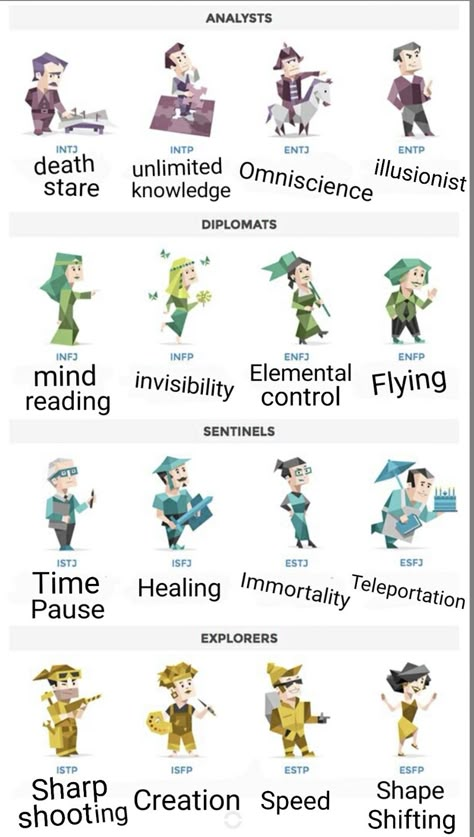
How to interact? Most often, women belong to this type of personality. Before we allow ourselves to be drawn into a discussion of their suffering, we need to consider whether we are becoming an object of manipulation.
Obsessive-compulsive personality type
How to recognize? The obsessive personality type tends to get stuck on thinking about ideas and intentions, for them the transition to action is problematic.
Popular
Any purchase, not to mention changing jobs or choosing an apartment, causes a lot of problems and doubts.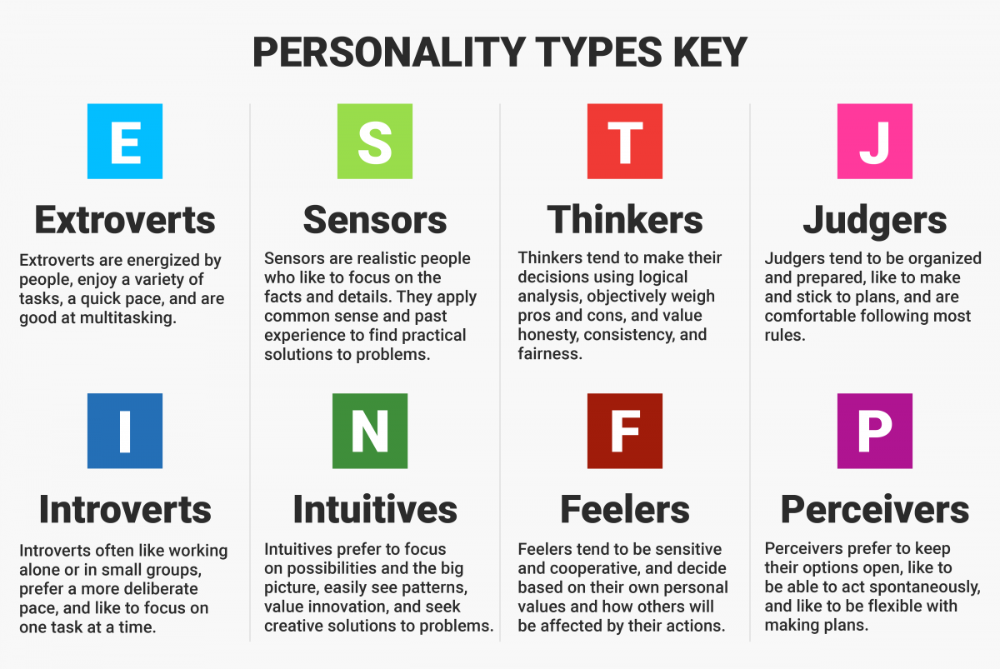 They can plan trips for years, but not take concrete steps, as they are not sure of the correctness of their choice.
They can plan trips for years, but not take concrete steps, as they are not sure of the correctness of their choice.
In contrast, people of the compulsive type are prone to rash impulsive actions and decisions that they later regret.
How to interact? Parents of people with this personality type are overly strict and demand absolute obedience from their children. As a result, they either accept these settings, constantly doubting the correctness of the choice, or they rebel, trying to do everything quickly, until the conditional "parent" stops them. People of this type are kind, take responsibility, are attuned to family life and love to equip life.
Hysterical personality type (theatrical personality)
How to recognize? Bright, demonstrative, in need of attention and demanding love. Most often, it is women who are representatives of the hysterical type of personality.
They tend to get into stories connected with love dramas, they can drag them out for years, falling into dependence on these experiences.